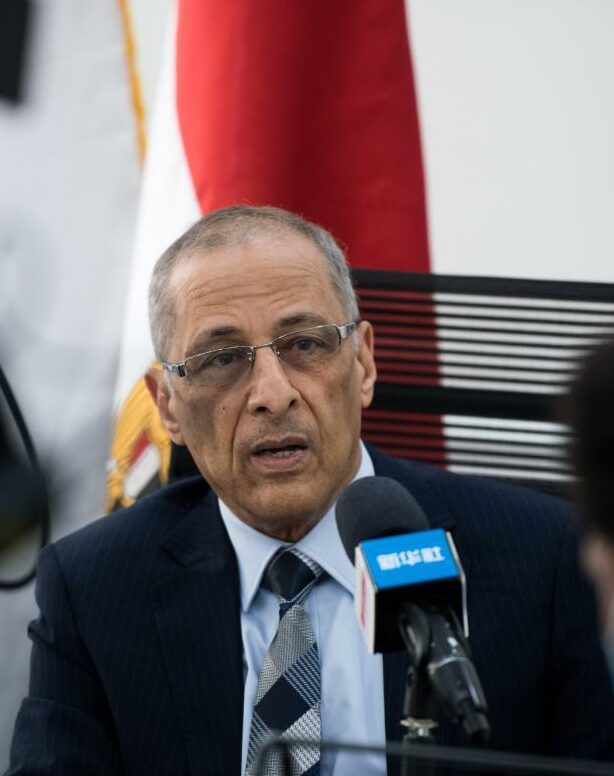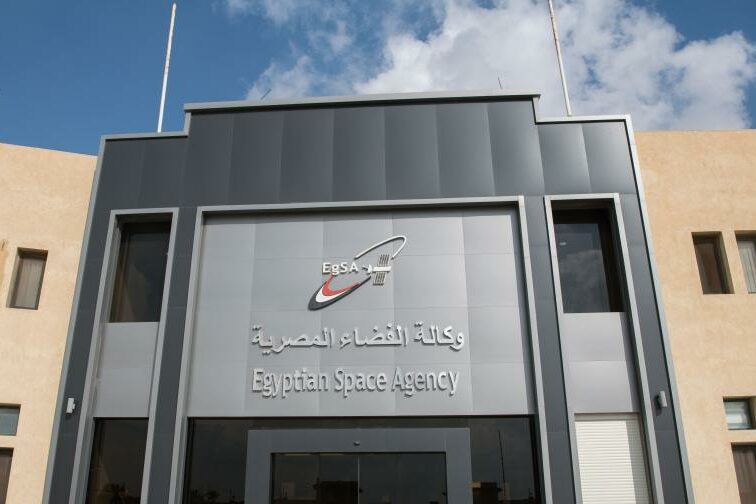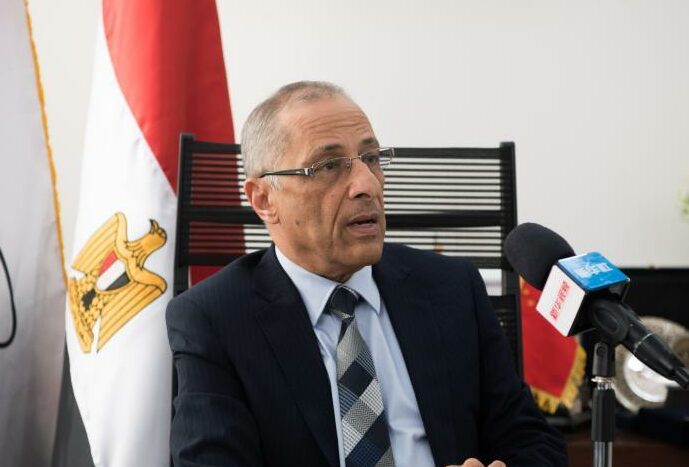In an exclusive interview with Xinhua News Agency reporters in Cairo, Mohamed Krussi, executive chairman of the Egyptian Space Agency, said that recently China’s ‘e-e-5 returner successfully returned to Earth with lunar samples, which is the second time that a human spacecraft has returned to the moon and successfully sampled after more than 40 years. For China and the global space community, this is a “great scientific achievement”.
After 23 days, the E 5 successfully carried lunar samples back to Earth through many difficulties such as earth-moon transfer, near-moon braking, lunar orbital flight, lunar landing, automatic sampling, lunar take-off, lunar orbit rendezvous and docking, reentry and so on. Cusey said that this task requires very accurate control and is technically difficult.

“China has become a major aerospace country, which is the consensus of experts in the field of global space. For more than 40 years, scientists in the field of space around the world have been hoping to study the moon and the success of China’s Di’e-5 (mission) can help them solve their puzzles. Cusey said.
He pointed out that in recent years, China has developed rapidly in the field of aerospace, and he believes that China will continue to explore other planets, including Mars, in the future.
Cusi has visited China many times before, expressing appreciation for the cooperation between China and Egypt in the aerospace field. He said that according to the agreement signed by China and Egypt, China provided assistance for Egypt to establish the first satellite assembly integrated test center, and the project has been implemented in 2017.

According to the introduction, after the construction work is completed, China will send experts to install the corresponding equipment and train Egyptian technicians. At present, China has shipped the required equipment weighing about 250 tons to Egypt.
In addition, in January 2019, China and Egypt also signed the implementation agreement of Egypt’s second satellite in Cairo. The Egyptian satellite-2 cooperation project includes a small remote sensing satellite, a ground measurement and control station and a ground application system.
The service life of satellite design is 5 years, and the design service life of ground measurement and control station is 15 years.
Cusi said that the Egyptian Satellite Final Assembly Integrated Test Center and the Egyptian II satellite project are currently being carried out simultaneously. It is expected that Egypt will have the first satellite assembly integrated test center by the end of 2021.
After that, the Egyptian-2 satellite will be assembled at the center and is expected to be launched from China in September 2022.



